|
|
|
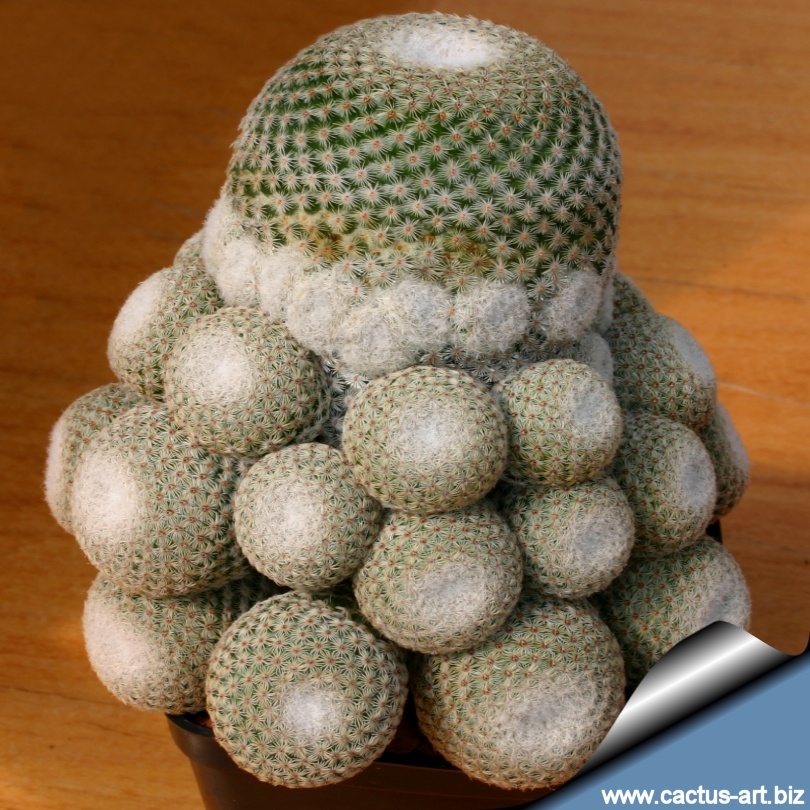
Mammillaria tlalocii "caespitosa"
Usually this species don't produces lateral shoots. The plant in
the photo (Caespitose form) is a nice horticultural form that branch
freely and forms soon nice clumps.
|
|
Description: Globular cactus that branch
profusely from the base. (Note: usually this species don't produces
lateral shoots)
Stem: Globose, later columnar, curving pipe-shaped, to 20 cm
long, 5 to 7 cm wide.
Axil: White-wooled.
Radial spine: 16 to 22, glassy white, 1 to 2 mm long, the longer
sideways pointing.
Central spine: On the areoles at the apex of the plant, with age,
may appear a single longer brown-black central spine 6-10 mm long.
Flower: Carmine-pink, 12 to 14 mm long, 8 to 10 mm wide.
Flowering time: Blooms in late winter, early spring.
Fruit: Carmine-pink small.
Seed: Small, brown.
|
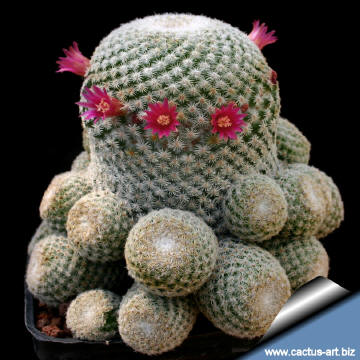 |
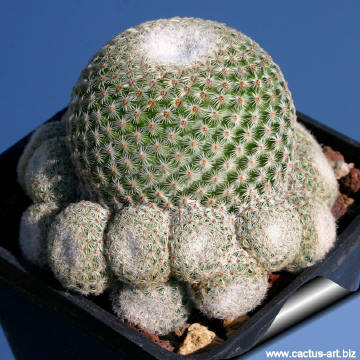 |
|
. |
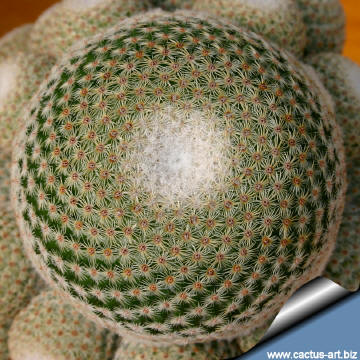 |
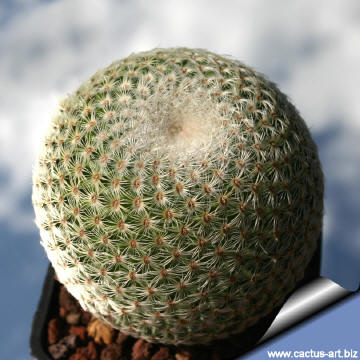 |
|
. |
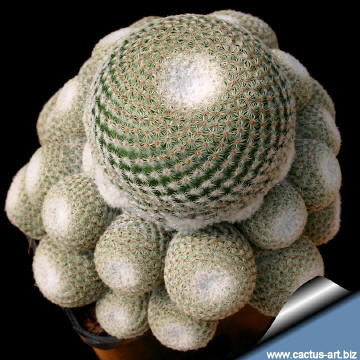 |
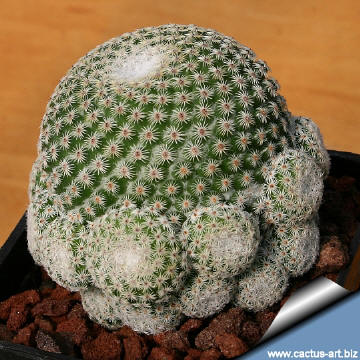 |
|
Advertising
|
|
|
|
|
|
|
Family:
Cactaceae (Cactus
Family)
Scientific name: Mammillaria
tlalocii Reppenhagen 1989
Published in: Gattung Mammillaria 1988: 120 (1989)
First description: by Reppenhagen, Gatt. Mamm. 120 (1987)
"caespitoasa"
Origin:
Garden origin (Nursery
produced cultivar)
Conservation status: Listed in
CITES appendix 2.
Synonyms:
- Mammillaria crucigera subsp. tlalocii
(Reppenhagen) D. R. Hunt 1997
- Mammillaria buchenaui Backeberg
1963
- Mammillaria crucigera var. tlalocii
(Reppenhagen) Linzen et al. 1998
- Mammillaria crucigera var. grandinosa
Linzen et al. 1998
- Mammillaria crucigera Martius
1832
|
|
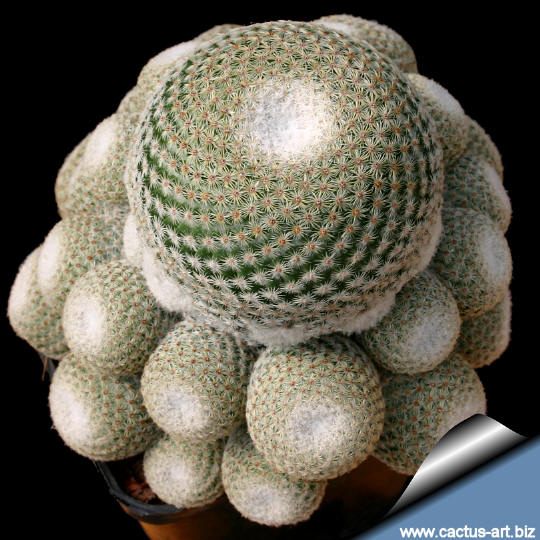
M. tlalocii is a Slow growing nice relative of M. crucigera with minute
glassy-white spines brown a the base.
|
|
|
|
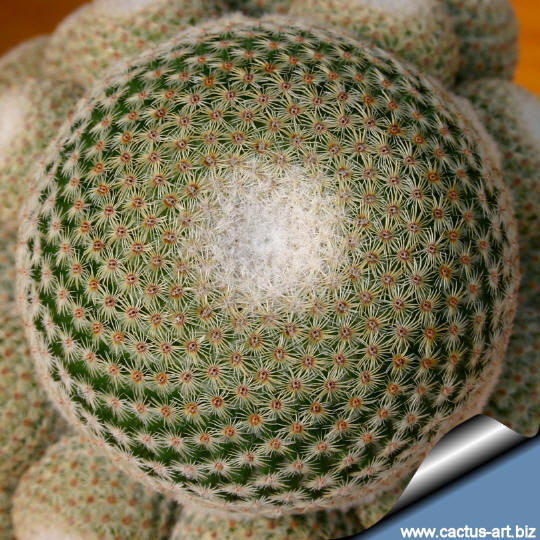
|
|
Cultivation: It is a slow growing species
. Use pot with good drainage and a very
porous
mineral-based potting mix, keep dry in
winter. Pot plants are quite
wet-sensitively. Care must be taken with watering (Rot prone)
and needs good
drainage. Water sparingly during
the
growing season, keep very dry in
winter. Feed
with a high potassium fertilizer in summer.
Usually it is recommended to
overwinter this plant in a bright and warm greenhouse with at least
8-10° C , but it proved to be quite
frost resistant
(if kept dry it hardy as low as -5° C)Outside
full sun or afternoon shade, inside needs bright light, and some direct
sun.
Some plants will offset readily, and clumps can be produced in a very
few years.
Propagation: Direct sow after
last frost,
cuttings or
grafting.
Photo of
conspecific taxa, varieties, forms and cultivars of
Mammillaria
crucigera
complex
(This
Taxon has lots of synonyms whit
several controversial varieties and subspecies):

 |
|